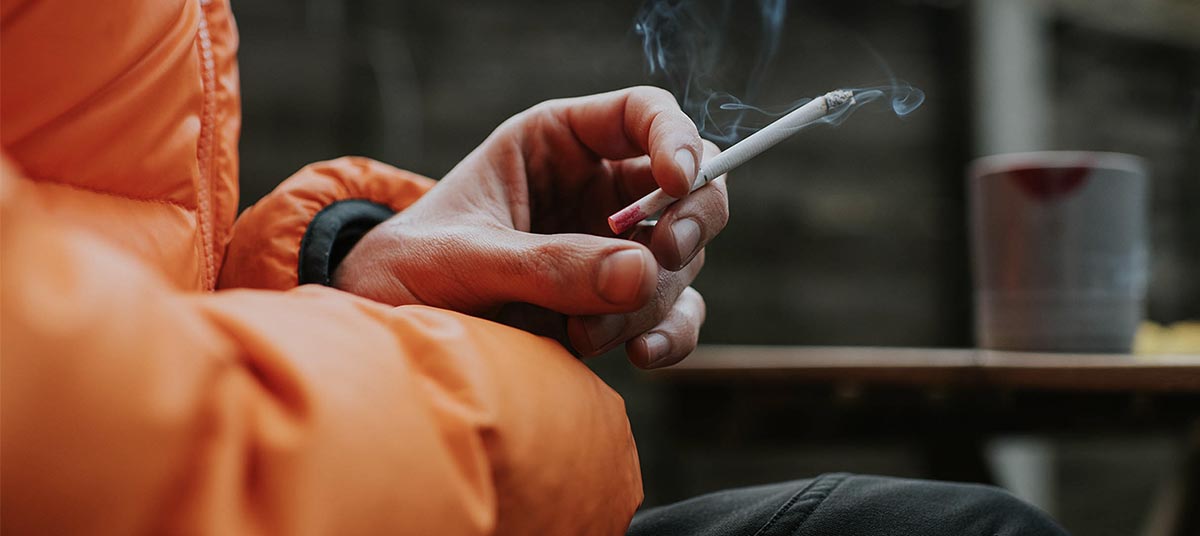Learning Center
We keep you up-to-date on the latest tax changes and news in the industry.
From Moonshine Paths to Cigarette Routes: Indiana's Tax Dance

Indiana’s uptick in cigarette taxes isn’t just a fiscal maneuver but rather an echo of its storied bootlegging past. As the state pushes cigarette prices higher, legislators introduce hefty penalties mimicking the Prohibition-era crackdowns on illicit spirits, now targeting contemporary cigarette traffickers.
The state seems to revisit the 1930s, with historical records detailing mid-century operations shuttering illegal beer and tobacco syndicates. Today, the scenery has shifted to highways and shopping centers, where tax-conscious smokers skirt duties by traveling to states with lower prices or buying in bulk.

Kentucky and Tennessee serve as cautionary tales. Kentucky’s minimal cigarette tax—a mere 10 cents compared to Indiana’s $1—has long fueled its export market, with smuggling arteries extending across states. Tennessee experienced a resurgence of cigarette bootlegging at its borders post-tax hike in the 2000s, akin to vintage “beer flats,” but for cigarettes.
A nuanced story unfolds. A 2018 Johns Hopkins report revealed that cigarette taxes increased by 50 cents or more, leading to significant revenue enhancements. After Indiana’s 2007 tax leap from 55¢ to 99.5¢ a pack, there was a 43% revenue boost, despite modest sales in neighboring states—a testament that increased taxes can elevate net proceeds amid smuggling worries.
Indiana’s approach to cigarette smugglers mirrors its previous endeavors against illicit distilleries.
Regulatory Revamp: Breakdown of the New Legislation
On July 1, Indiana's cigarette tax more than doubles, strengthened by rigorous enforcement strategies:
Criminalizing substantial out-of-state buys—recognizing large-scale smugglers as felons.
Augmented task forces—encompassing Excise and state law enforcement to oversee shipping at strategic checkpoints and storage facilities.
Unannounced audits on wholesalers and retailers to capture counterfeit tax stamps.
The expected revenue impact: $290 million annually, allocated to public health initiatives.

Cross-Border Temptations and System Flaws
Enforcement remains a significant obstacle. Indiana’s closeness to low-tax Kentucky predisposes it to illegal trade. The Tax Foundation places Indiana among the top 10 states positioned for cigarette smuggling increases following tax hikes, highlighting a “substantial likelihood of consumer evasion through cross-border activities and shadow sales.”
Ohio, possessing a modest cigarette tax and comprehensive highway infrastructure, represents another threat. Based on the Mackinac Center’s 2024 study, nearly 12% of Indiana's cigarette consumption could stem from cross-border buys within a year post-tax increase.
State Battlefield Examples: Illinois & New York
Illinois:
Illinois recently heightened its nicotine-product taxes to 45% of wholesaling, enhancing smuggling threats.
It's estimated nearly 30% of cigarettes in Illinois are illicitly procured cross-state.
The state imposes severe fines on unstamped packs—$20–$25 for each above nine—and began targeting bulky shipments following its 2019 tax increment ($1 surge per pack), which stimulated an influx in illegal goods (turn0news28, turn0search16).
New York:
Boasting one of the nation’s steepest tax rates (state + NYC), New York experienced smuggling surpassing 50%, peaking at 61% after its latest $1-per-pack increase.
The Albany HQ Bureau of Alcohol, Tobacco & Firearms alongside the state’s Tax Enforcement Office upholds felon-level trafficking statutes (Class D/E for 10,000+ cigarettes).
A Hoosier Hustle Retrospective
Bootlegging threads through Indiana’s economic fabric. During Prohibition, Indiana boasted some of the Midwest’s liveliest moonshine operations, especially in southern counties like Lawrence, Dubois, and Orange. Moonshine voyaged under the cloak of night on “Whiskey Roads.”

Today, the swaps are cartons instead of jugs, but the principle endures: exploit the legal ambiguities, leverage location, and move goods surreptitiously.
As former Indiana Excise officer John Halverson reflected: “Then, it was hidden stills in barns. Now it’s cigarette cartons stashed in car trunks.”
Public Health Win or Policy Gamble?
Not everyone interprets the illegal surge as policy missteps. Public health proponents assert that even with some dodging, increased prices cut smoking rates, notably among youths and low-income individuals.
Mike Seilback, National Assistant Vice President for Advocacy at the American Lung Association, told The Indiana Capital Chronicle,
“Elevated tobacco prices are unmatched in diminishing smoking. We anticipate many Hoosiers will quit, and numerous youths won’t embark on smoking.”
Though smuggling is estimated between 10–30%, data evidences states can accrue significant net returns after tax lifts given stringent enforcement. Indiana’s past in 2007—a 41% sales dip but a 43% revenue jump—demonstrates this trend.
Can the Plan Succeed?
Indiana is making a high-stakes wager. Success depends on more than revenue predictions alone. Will the state effectively balance deterrence and law enforcement? Can small-town vendors adapt? And will contemporary bootleggers—current moonshine smugglers in SUVs and rentals—retain the upper hand?
The answer awaits. Yet, the 1930s’ spirit thrives on the Midwest’s roads. Although challenges have modernized, the game persists—a tale as old as Indiana itself.
Want our best tax and accounting tips and insights delivered to your inbox?
Sign up for our newsletter.